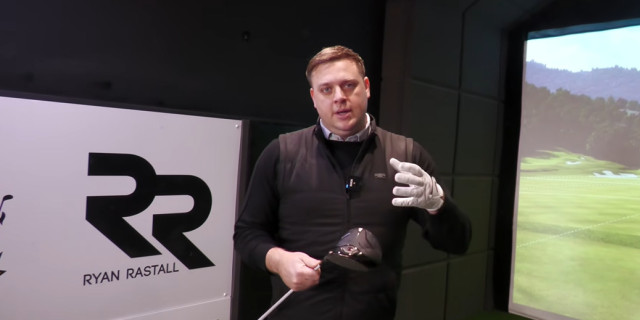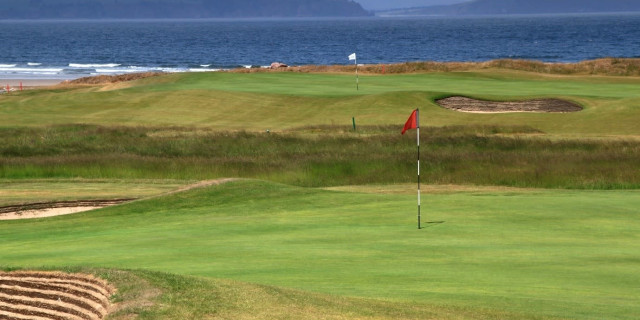
Why Does My Course Look Like This?
Greenkeepers are under constant pressure from golfers as expectations are high. Maintaining a course to those lofty standards can be a rewarding challenge, but there are times when the environment, season, and circumstances mean preventative steps have to be taken by staff, which can prove frustrating to those who pay their memberships and green fees.
Courses are vast canvases, and no matter the time of year, or the prevailing weather, there will be imperfections. This is especially true during winter. But to help you gain a greater understanding of the reasons, and appreciation for the work accomplished by staff and the difficulties they are tasked with overcoming, we have taken a look at several common complains, with an explanation as to why your course looks a certain way.
Waterlogged Fairways
Rain is necessary to support the growth and maintenance of a golf course, but such heavy rainfall, as was seen in many parts of England during October 2019, will overwhelm and leave fairways temporarily flooded. The sand based soil of links and heathland typically remain fully open unless faced with the most severe of deluges, but for parklands, drainage can be a significant problem, one that demands patience of members until better conditions prevail.
As the greens staff at Leyland Golf Club noted on Twitter, rainfall in July, August, and September had dramatically increased on the drought they were presented with during the previous year.
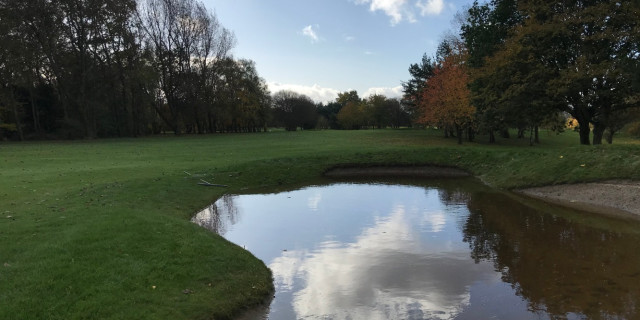
Ropped Areas
You will sometimes come across ropped or fenced off areas on the course, which can impact play, or at very least serve as a strange aesthetic feature. Commonplace during the winter months, greenkeepers have introduced these to direct golfers to walk on other parts of the course, allowing the ground to heal, whether it has become waterlogged or unfit for play.
GUR
During routine maintenance of a golf course, often typically done during the low season, there may be temporary damage, such as holes being dug up, or materials that are waiting to be removed. These will be declared GUR or a local rule enacted. Tracks left by vehicles will also have this result. While the sight of GUR can take away from the look of a course, there is very good reason for having it there, something that golfers should respect.
Topdressed Greens
Ever wondered why the greens on your course have a layer of sand on them? There is a very good reason. Topdressing is the process of spreading a layer of sand, or a mixture of sand and loam – nutrient-filled clay and organic material – across the green. Techniques usually fall into two camps – little and often, or heavy and rare, maybe just once or twice a year.
The purpose of topdressing is to dilute the layer of thatch below the surface of the turf. This improves drainage and increases the quality of the soil, allowing for better grass growth and improved smoothness and trueness of the surface.
Aeration
Golfers hate to putt on greens that have been aerated, with hundreds of small holes being dotted across the surface. You will also see this on tees and certain parts of the course that require this vital technique. Did you know that grass doesn’t actually grow in soil? It grows in the air pockets between the particles of soil. So grass needs soil that has air pockets running throughout it, otherwise it can’t grow.
However, regular playing on a course compacts the soil, like a huge sponge made of soil and turf. Too much compaction and you’ll find the grass becomes squeezed and suffocated – which can cause serious health problems for turf that is already put under stress due to close mowing. Compaction also leads to poor drainage, meaning flooding becomes a big problem.
So to counter this, your greens team will put into place a programme of aeration. By spiking holes into the ground, it increases the amount of space within the soil. This has the effect of increasing oxygen levels, allowing the root system to take a deep breath. For many greenkeepers, this is viewed as arguably the most important task in the job.
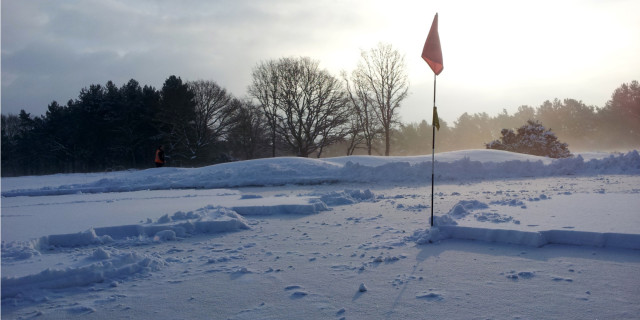
Winter Greens/Tees
During the winter months, golfers can be frustrated when they see their course has deployed the use of temporary greens and tees. Not all venues do this, often dependent on their location and type of soil, but for many it's a necessity, especially during periods of frost, despite the annoyance it can stir.
With little to no growth in winter, the pressures on grasses and surfaces are significant, meaning that rest is required to ensure that they will be in the best condition possible for the peak season, otherwise bumpy greens in the spring are likely, in addition to the greater need for topdressing.
Bunkers Closed
Bunkers will often be ropped off and closed during winter for maintenance. It's recommended that they are rebuilt every five to seven years, to deliver the best quality, so greenkeepers and clubs will identify particular bunkers to work on each season, limiting the inconvenience - though you may enjoy a free drop from the hazard - but ensuring that the bunkers remain to a high standard. Ultimately, if you want your course to be at its best, this is something to accept.
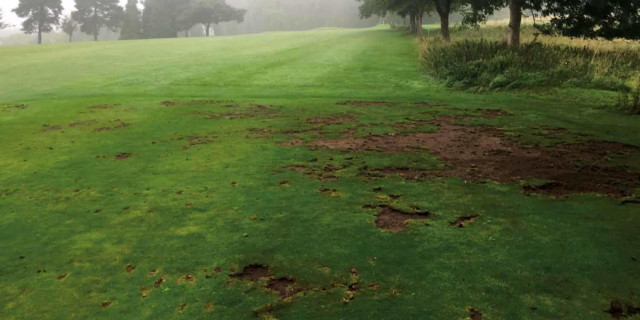
Muddy Patches & Surface Damage
Regulations and the welcome move towards golf courses being more environmentally friendly have seen many chemicals long deployed being prohibited and withdrawn from use, which has provided fresh challenges for greenkeepers. You may have spotted an increase in muddy patches on the course, often a result of casting earthworms breaking through the surface. Worms naturally help with aeration and ecosystem, but they can leave mud at the surface 'worm casts', which causes problems.
Leatherjackets - larvae of the crane fly - sit under the surface and chew away at the roots of the grass, but most of the damage, typically patches of fairway missing, will have been caused by predators, such as crows and badgers, pulling up the surface to try and reach the leatherjackets. Previously available insecticides dealt with this problem, with alternative measures now being explored to maintain courses to the expected standard.
For more information on greenkeeping and the challanges faced by courses, visit: https://www.bigga.org.uk/.
Related Articles
How to Save Your Golf Course This Winter
Why Do We Play Off Temporary Tees?
Why Is My Course Not Perfect All The Time?
Tags: winter golf Greenkeeping daily picks Courses BIGGA



